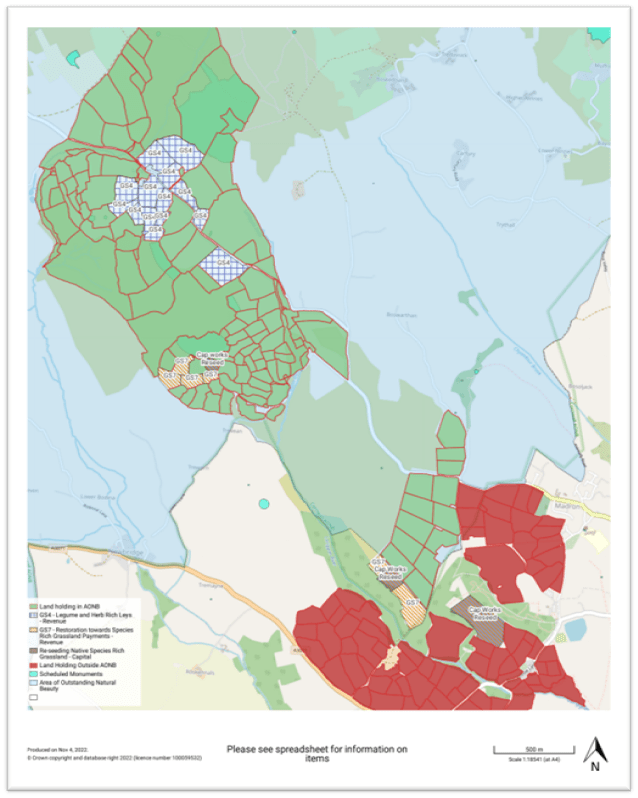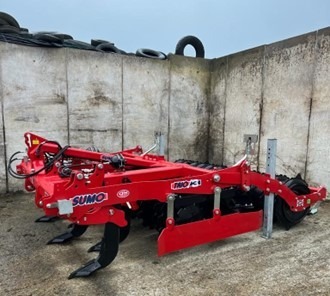
Spooktacular Animals in Cornwall AONB
Hopefully this spooky season there aren’t actually any Greater Horseshoe Bats in your cauldron! This particular species of bat is one of the rarest, and Cornwall’s protected landscape offers key...
Melodie Manners










